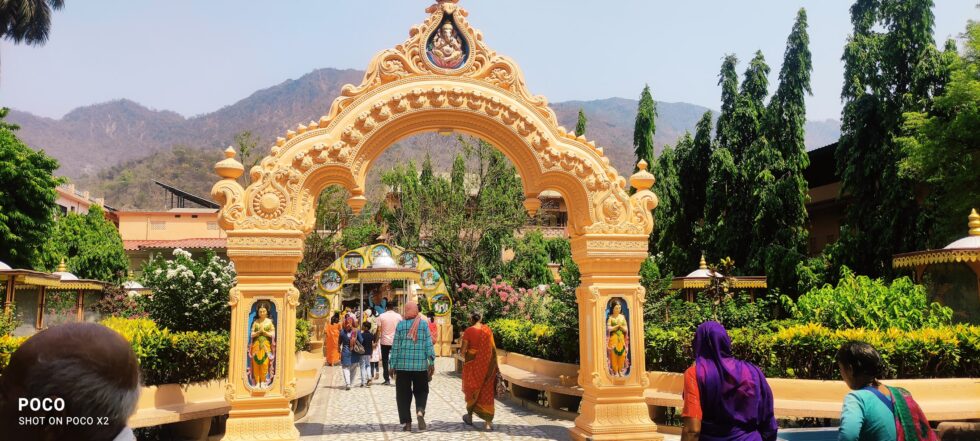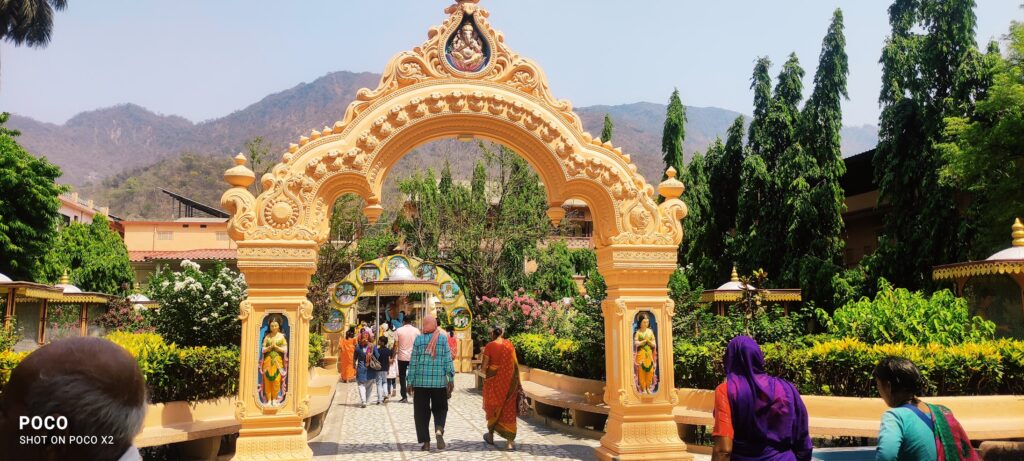
India’s rich tapestry of culture, heritage, and natural beauty unfolds exquisitely on the golden triangle tour with Shimla. This meticulously curated journey combines the architectural splendor of Delhi, Agra, and Jaipur with the serene Himalayan charm of Shimla, offering travelers a perfect blend of royal heritage and mountainous retreat. It is an expedition that promises not only the grandeur of India’s golden past but also the cool respite of one of its most iconic hill stations.
Delhi: The Heart of India
The journey typically begins in Delhi, a city that stands as a bridge between the ancient and the modern. As the capital of India, Delhi is layered with the marks of empires—Mughals, British, and modern republics—all of which contribute to its unique urban personality. Visitors can explore the majestic Red Fort, the towering Qutub Minar, and the peaceful Humayun’s Tomb, each site a chapter in India’s architectural chronicle. The bustling lanes of Chandni Chowk and the grand vistas of India Gate reflect the capital’s vibrant duality. Delhi sets the tone for the golden triangle tour with Shimla by offering a dynamic mix of history, politics, and cosmopolitan culture.
Agra: The Symbol of Eternal Love
From Delhi, the tour proceeds to Agra, home to the iconic Taj Mahal—a UNESCO World Heritage site and an eternal symbol of love. Constructed by Mughal Emperor Shah Jahan in memory of his beloved wife Mumtaz Mahal, the Taj Mahal is renowned worldwide for its sublime beauty and symmetry. But Agra’s appeal extends beyond this marble masterpiece. The Agra Fort, another World Heritage site, is a red sandstone marvel that served as the imperial residence of the Mughal rulers. Mehtab Bagh, with its panoramic views of the Taj across the Yamuna River, offers a quieter yet equally enchanting experience. Agra deepens the royal narrative of the golden triangle tour with Shimla, showcasing the opulence of the Mughal era.
Jaipur: The Pink City’s Regal Splendor
The next destination, Jaipur, known as the Pink City, encapsulates Rajasthan’s royal essence. Founded in 1727 by Maharaja Sawai Jai Singh II, Jaipur is a city planned with precision and painted in hues of hospitality. The Hawa Mahal, or Palace of Winds, captivates with its honeycombed façade and historic significance. The Amber Fort, perched high on a hilltop, mesmerizes with its ornate gateways and mirror-studded halls. Other notable landmarks include the City Palace and Jantar Mantar, an astronomical observatory that is both a scientific and architectural marvel. Jaipur injects a vibrant splash of Rajputana heritage into the golden triangle tour with Shimla, making it an unmissable cultural gem.
Shimla: A Himalayan Interlude
After immersing in the royal heritage of the golden triangle, the tour ascends to the tranquil heights of Shimla, a former summer capital of British India. Nestled in the lap of the Himalayas, Shimla offers a soothing contrast to the architectural intensity of the triangle. The Mall Road, a bustling promenade lined with colonial-era buildings, cafes, and boutiques, invites leisurely strolls. Attractions like the Viceregal Lodge, Christ Church, and Jakhoo Temple showcase the town’s historical and spiritual facets.
Shimla’s natural allure lies in its pine forests, snow-clad peaks, and crisp mountain air. The scenic Kalka-Shimla toy train ride, a UNESCO World Heritage experience, winds through tunnels, bridges, and lush valleys, delivering panoramic views that linger in memory. Whether it’s the echo of history in the colonial buildings or the serene beauty of nature, Shimla adds a rejuvenating dimension to the golden triangle tour with Shimla, making it more than a journey—it becomes a holistic travel experience.
Why Choose the Golden Triangle Tour with Shimla?
What makes the golden triangle tour with Shimla particularly compelling is its diverse offering. Travelers experience the architectural brilliance of North India’s most celebrated cities and the serene charm of a Himalayan retreat—all in one itinerary. It caters to history buffs, nature lovers, and cultural enthusiasts alike. The seamless transition from Mughal domes to Rajput forts and finally to colonial cottages ensures that each leg of the journey tells a unique story, bound by the threads of India’s multifaceted heritage.
Moreover, the tour is well-connected by rail, road, and air, allowing for convenient travel. Luxury and budget accommodations are widely available in all four destinations, making it accessible to a wide range of travelers. The best time to embark on this journey is between October and March when the weather is pleasant across the plains and ideal in the mountains.

Conclusion
In essence, the golden triangle tour with Shimla is more than a sightseeing itinerary—it is an odyssey through time, tradition, and tranquility. From the imperial avenues of Delhi to the romance of the Taj, the regal splendor of Jaipur, and the misty hills of Shimla, the tour offers a panoramic view of India’s past and present. For travelers seeking a well-rounded experience infused with culture, history, and natural beauty, this journey delivers on all fronts with elegance and depth.









